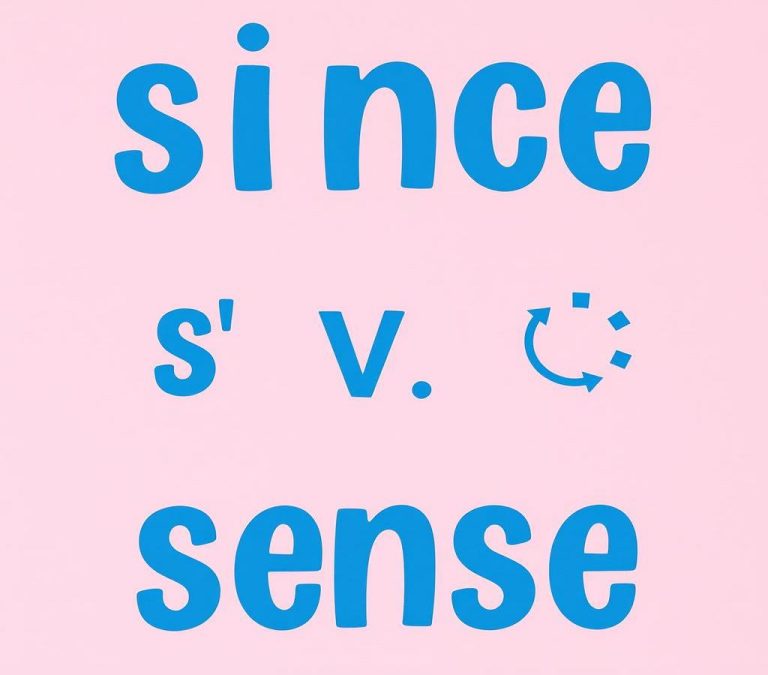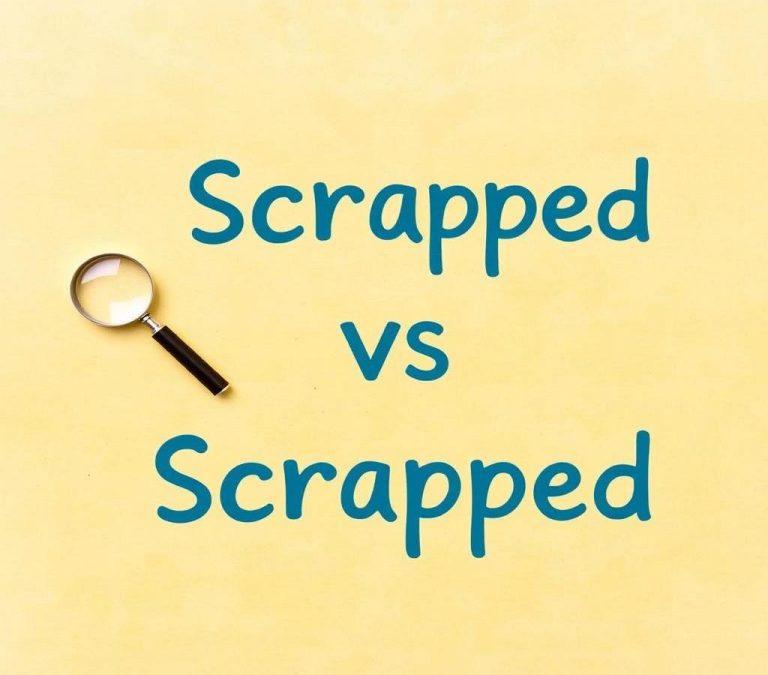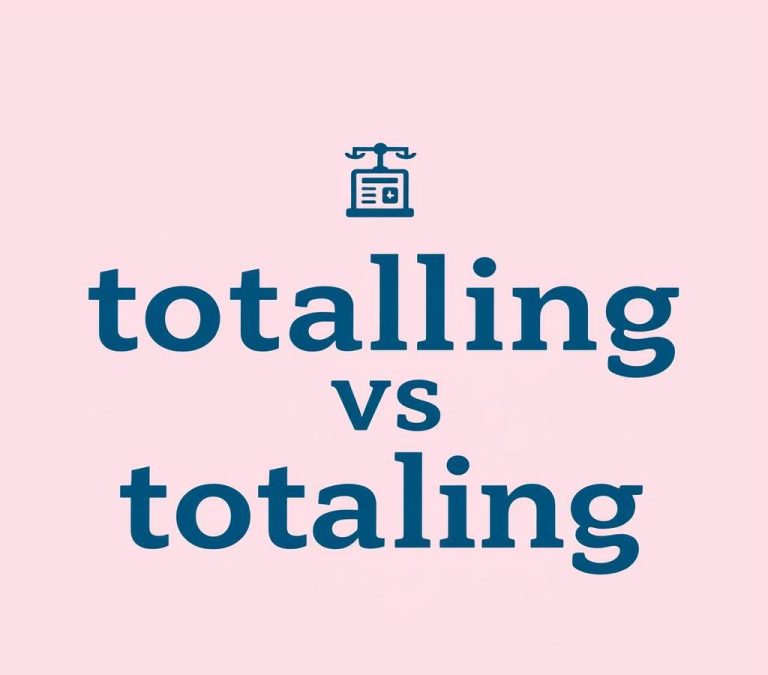Analogy vs Simile: Grammar Usage & Examples
Understanding the difference between an analogy and a simile can help improve your writing and communication skills. Both are tools that compare two things, but each has its own unique purpose. A simile uses “like” or “as” to make a direct comparison, while an analogy goes deeper, explaining the relationship between two things to enhance understanding. Knowing when and how to use each can make your messages clearer and more engaging. Let’s delve into these concepts to explore their differences and see how they can add depth to your expression.
Quick Answer
An analogy and simile are both literary devices used to make comparisons, but the key difference lies in how they make those comparisons. A simile uses “like” or “as” to make a comparison (e.g., “He ran like a cheetah”), whereas an analogy explains a complex concept by relating it to a more familiar idea (e.g., “Understanding computers is like understanding a car”). Think of it this way: similes make superficial comparisons, while analogies create deeper connections between ideas.
Why There is Confusion
Language can be both a beautiful and complex entity. It provides us with endless ways to express ideas, emotions, and comparisons. Within this vast universe of literary devices, similes and analogies often create confusion for many people. While both are used to draw comparisons, the way they function can be quite different, leading to the mix-up.
The primary reason for the confusion lies in the similarities in their purpose. Both similes and analogies help illustrate a point or create a vivid picture in the reader’s mind by comparing two different entities. It’s easy to assume they are interchangeable, but understanding the distinct nuances between them is key to using these devices effectively.
What is an Analogy?
An analogy is a comparison between two things, typically for the purpose of explanation or clarification. It goes beyond simple comparison and aims to explain complex relationships. By demonstrating how two different things are similar in several respects, analogies help readers understand a new or complicated concept by relating it to something familiar.
For example, saying “Life is like a box of chocolates—you never know what you’re gonna get” is an analogy. Here, life is compared to a box of chocolates, suggesting unpredictability and surprise, which helps illuminate the nature of life’s uncertain path.
Analogies are particularly effective in teaching and persuasive writing as they help distill complicated or abstract ideas into more understandable concepts.
What is a Simile?
A simile, on the other hand, is a figure of speech that makes a direct comparison between two different things, usually employing the words “like” or “as.” It is a simple and direct way to draw a comparison, which can create vivid imagery or emphasize a particular characteristic.
For instance, the phrase “Her smile was as bright as the sun” is a simile. This comparison between a smile and the sun highlights the brightness and warmth of her grin.
Similes are powerful in poetry and prose, adding lyrical quality and clarity to descriptions. They are straightforward figures of speech that help the reader visualize or better understand the described attribute of a person or thing.
Differences between Analogy and Simile
While both analogies and similes help in drawing comparisons, understanding their differences in parts of speech, sentence structure, and purpose can eliminate confusion.
Differences in Parts of Speech
Similes are more restricted to serving as specific figures of speech that usually modify or describe a noun or action. They act as embellishments, enriching language with descriptive and decorative flair. Conversely, analogies can function more broadly as explanatory devices that demonstrate relationships, often forming larger portions of a discourse.
Differences in Sentence Structure
Similes often follow a straightforward and compact “as … as” or “like” structure. This directness makes similes great for succinct comparisons. Analogy structure, by contrast, tends to be expansive. Analogies typically unfold over sentences or paragraphs, drawing out the comparison to explore multiple layers or dimensions.
For example, in the simile “as brave as a lion,” the comparison is immediate and confined to a single sentence. However, an analogy might elaborate on courage by comparing various elements of a lion’s behavior and its adaptation to illustrate bravery in a broader context.
Differences in Meaning and Purpose
Similes are mainly decorative and illustrative, focusing on enhancing sensory experience and emotional appeal. They are used to create a vivid mental picture and evoke immediate, tangible associations. Meanwhile, analogies aim to provide deeper understanding. They help in interpreting abstract ideas or in discussing concepts that require thorough explanation. Consequently, analogies have an educational and clarifying function, often used in argumentation and explanation.
Synonyms for Analogy and Simile
Both analogies and similes encapsulate specific types of comparisons. However, some synonyms or related terms can capture similar aspects of these comparisons:
- Metaphor (related to both but distinct: a figure of speech implying a comparison)
- Comparison (a more general term for noting similarities)
- Allegory (extended metaphor often found in narratives, similar to analogy)
- Parable (a story that uses analogy to impart a lesson)
- Imagery (similar to simile as it paints a visual picture)
Synonyms for Simile and Analogy
The differences between simile and analogy mean they don’t share exact synonyms, but various rhetoric devices overlap in drawing parallels:
- Parallel (often used in appeal-based analogy discussions)
- Juxtaposition (comparing contrasting elements)
- Symbolism (using symbolic representation which can be analogy-adjacent)
- Archetype (universal analogy-based themes)
- Trope (a figurative use of a word, often simile-like)
Examples of Analogy and Simile in Action
Looking closer at practical examples can highlight the nuances between analogies and similes, reinforcing understanding:
- Simile Example: “He was as busy as a bee.”
- This direct simile highlights the level of business akin to a bee, offering a vivid and lively image of activity.
- Analogy Example: “Just as a caterpillar comes out of its cocoon, so we must come out of our comfort zone.”
- This analogy draws a deeper comparison about growth and transformation, using the butterfly’s metamorphosis to explain human change.
- Simile Example: “Her voice was smooth like butter.”
- This gives an immediate sense of softness and appeal in her voice, evoking sensory likeness to butter.
- Analogy Example: “The structure of an atom is like a solar system. The nucleus is the sun, while the electrons are planets orbiting around it.”
- This analogy provides a tangible understanding of atomic structure by comparing it to the more familiar solar system model.
Conclusion: Understanding the Difference between Analogy and Simile
While analogies and similes both play integral roles in language by forming comparisons, the depth, purpose, and structure they employ have marked differences. Similes are concise and poetic, designed for quick and impactful imagery, and are easily identifiable through their use of “like” or “as.” Analogies are broader and explanatory, often serving as effective tools for teaching and clarifying complex ideas through extended comparison.
By understanding the differences in parts of speech, sentence structure, and purpose, writers and readers alike can harness these tools more effectively to achieve clarity and elegance in communication. With these distinctions in mind, the creative versatility of language can be better appreciated and utilized to enrich writing and express nuanced perspectives.







